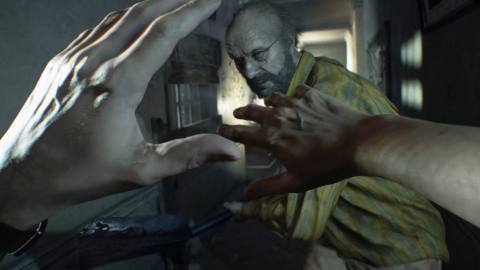
AMD’s FidelityFX Super Resolution 2.0 is slowly gaining traction. Its initial release for Arkane’s Deathloop has since been joined by integration into Farming Simulator 2022 and more interestingly in Sony Santa Monica/Jetpack Interactive’s PC port of God of War – and a further 16 titles have just been announced. God of War in particular is worthy of some focus because some might argue that the game’s aesthetic is based heavily on very high frequency, intricate detail – a proper workout for ‘smart’ upscaling techniques. Not only that, but it already includes impressive Nvidia DLSS support alongside Santa Monica Studio’s internal temporal upscaler.
This is a piece where I’m going to have to refer you to the embedded video to get the complete picture on how FSR 2.0 compares to these alternative solutions. You see, all of the upscalers I looked at actually fare rather well when looking at static imagery. To get a flavour for how these technologies really work, it’s important to see them in motion. The secret to their success is that they are based on the concept of temporal accumulation – pixels from prior frames are injected into the current one. Therefore, the less motion there is, the more of a super-sampling effect you get. Conversely, the more variation there is between frames (eg fast movement), the less data there is to work with in reconstructing the image.
Most of the tests I carried out were at 4K resolution, which is the ideal canvas for these techniques – individually shading 8.3m pixels per frame is challenging, but ‘smart upscalers’ do a great job of rendering at a much lower resolution and then basically calculating the difference. Technologies like FSR 2.0 and DLSS 2.x – and potentially Intel’s upcoming XeSS – are noteworthy because of the sheer scalability. It’s possible to get a good looking image from a native frame of just a quarter of the pixels: meaning a 1080p internal image looking quite 4K-like.






